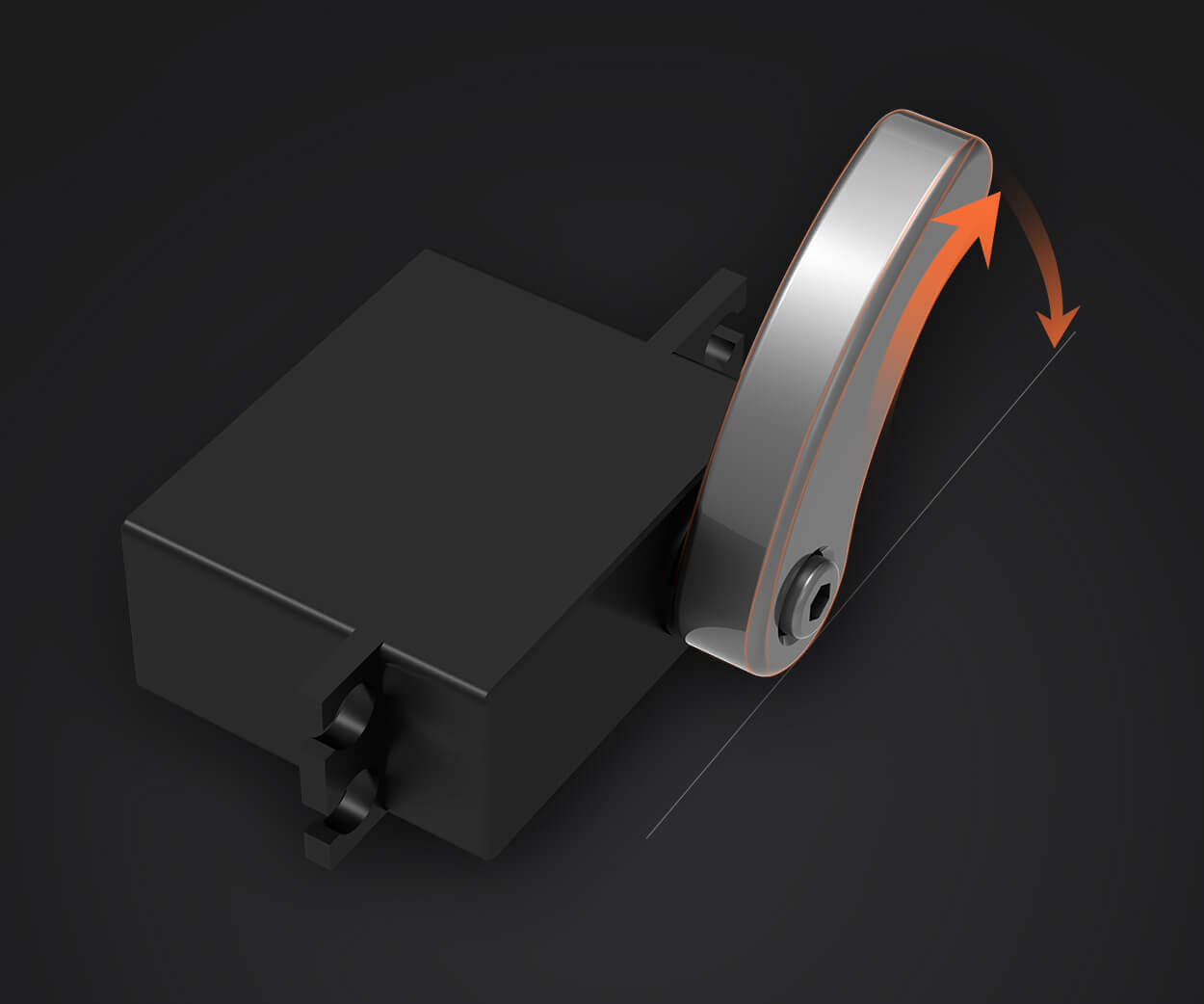Sure thing, let’s dive into the world of motors—where BLDCs and servo motors each have their own vibe. Imagine you're at a tech fair, and you see two shiny machines—one whizzes with silent precision, the other roars with power. Knowing the difference might just help you pick the right tool for the job.

First, let’s talk about the basics. A brushless DC motor, or BLDC, is like that sleek, efficient athlete—fast, reliable, and low on maintenance. It runs on direct current, thanks to permanent magnets on the rotor and stator windings that are electronically switched. Think of it as the dependable workhorse, great for applications needing smooth control over speed and torque without too much fuss. When you’ve got a conveyor belt or an electric bike, a BLDC might be at the core—that quiet, durable partner.
Now, step aside for a moment and meet the servo motor. This one’s a bit more high-strung, a bit more precise. It’s like a conductor who’s got the entire orchestra perfectly tuned. It’s designed for exact position control and rapid response. That's because most servo motors are equipped with encoders that tell them precisely where they are—and how fast they’re moving—at every second. If you’re talking about robotic arms, CNC machines, or camera gimbals that need exact moves and quick adjustments, the servo is the star.
Here’s where it gets interesting: While both can be brushless, not all BLDCs are made to be servo motors. For servo applications, you want a motor with a feedback loop—meaning it constantly "knows" where it is and can adjust instantly. Think of it like a GPS for the motor’s position. For simpler uses, a BLDC without this feedback can do the trick, running smoothly over a range of speeds but not necessarily with pinpoint accuracy.
Another thing—cost plays a role. A simple BLDC, straightforward and without too many bells and whistles, often costs less. It’s like buying a reliable sedan. But if you want the high-performance sports car with all the controls, a servo setup is your choice—more complex, more expensive, but with technical advantages that let you fine-tune every movement.
What about durability? BLDC motors are known for their robustness, thanks to the absence of brushes, meaning less wear-and-tear over years of service. Servo motors, especially those with encoders and advanced control systems, may require more maintenance but deliver that precision edge that can make or break intricate operations.
In essence, if you want something that’s straightforward, efficient, and resilient—think BLDC. But if the goal is tight control, precise positioning, and rapid response, then a servo motor is the way to go. It’s almost like choosing between a dependable bicycle and a sport bike—you pick what fits your needs.
Are you curious about how these motors integrate into your projects? Or perhaps wondering which one aligns better with your operational needs? With the right choice, your machinery runs smoother, lasts longer, and hits that sweet spot of performance. After all, understanding these differences isn’t just tech talk; it’s about finding the perfect match for real-world challenges.
Established in 2005, Kpower has been dedicated to a professional compact motion unit manufacturer, headquartered in Dongguan, Guangdong Province, China. Leveraging innovations in modular drive technology, Kpower integrates high-performance motors, precision reducers, and multi-protocol control systems to provide efficient and customized smart drive system solutions. Kpower has delivered professional drive system solutions to over 500 enterprise clients globally with products covering various fields such as Smart Home Systems, Automatic Electronics, Robotics, Precision Agriculture, Drones, and Industrial Automation.




































